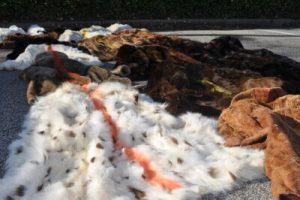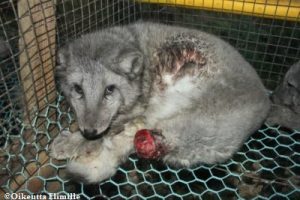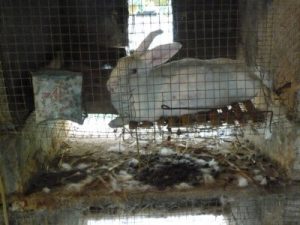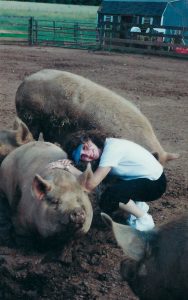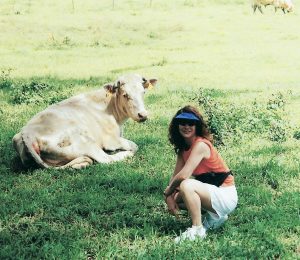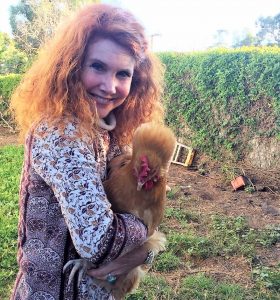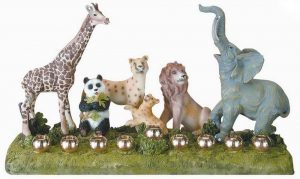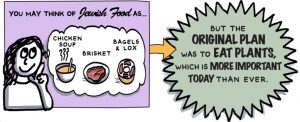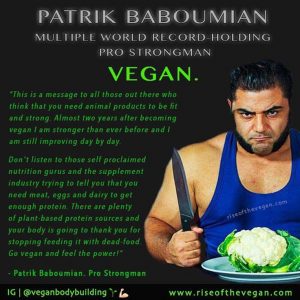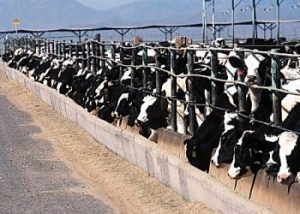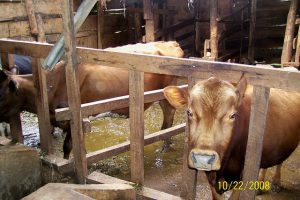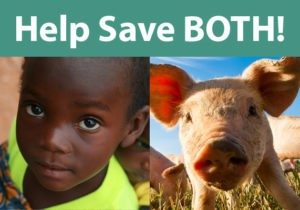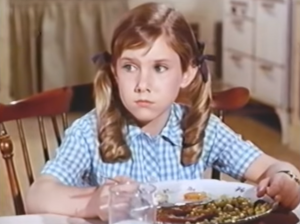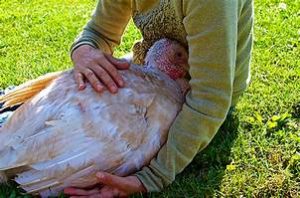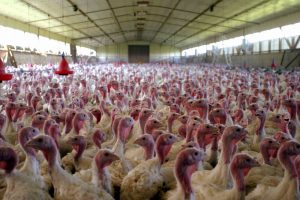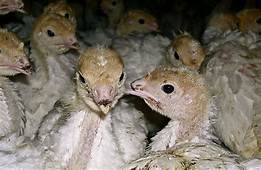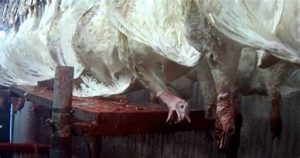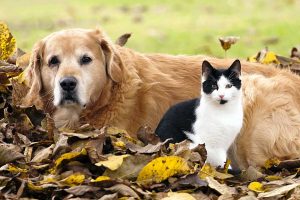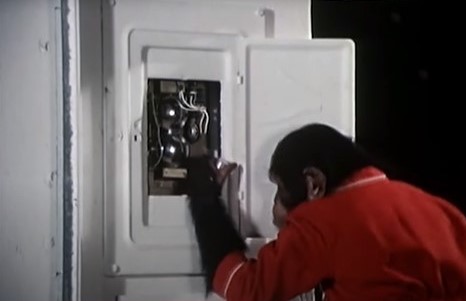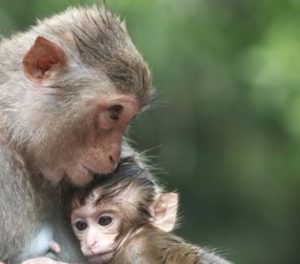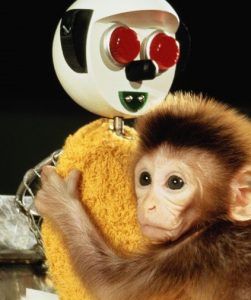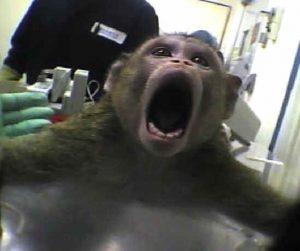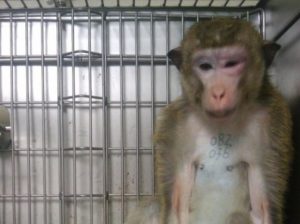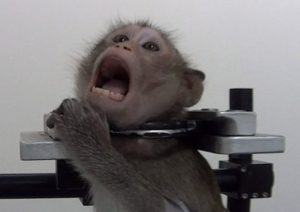 2020, most of us will agree, was a terrible year. Who knows what awaits us in 2021? We hope for the best, but we can be proactive about some aspects of life, like our health. Let’s do what we can to improve our health while making the world a more compassionate place. Let’s make this the year you go vegan.
2020, most of us will agree, was a terrible year. Who knows what awaits us in 2021? We hope for the best, but we can be proactive about some aspects of life, like our health. Let’s do what we can to improve our health while making the world a more compassionate place. Let’s make this the year you go vegan.
A vegan diet is best for your heart. The leading cause of death of both men and women in the United States is heart disease. Every day, nearly 2,600 Americans die of some type of heart disease, the most common form being coronary heart disease, also known as coronary artery disease or atherosclerosis. Atherosclerosis occurs when hard layers of plaque, usually cholesterol deposits, accumulate in major arteries and begin constricting flow of blood and oxygen to the heart. Arterial plaque is also a leading cause of stroke, the fourth greatest killer of Americans each year.
While other factors can affect cholesterol levels and heart disease (including smoking, exercise, blood pressure, and body weight) one of the single most significant causes of heart disease is dietary cholesterol. Our bodies make all the cholesterol we need, so consuming animal products contributes excessive levels. Animal products are also loaded with saturated fats, which, unlike unsaturated fats, cause the liver to produce more cholesterol.
Fortunately, for most people, preventing coronary heart disease is as simple as eliminating animal products, eating a healthy plant-based diet, exercising, and avoiding cigarette smoking. But beyond prevention, a plant-based diet is the only treatment that has been scientifically proven to reverse heart disease. There is no cholesterol in plant foods.
 Vegan diets have also repeatedly shown to reduce levels of LDL, or “bad” cholesterol. According to a study published in the American Journal of Cardiology, a low-fat vegetarian diet reduces LDL by 16 percent, but a high-nutrient vegan diet reduces LDL cholesterol by 33 percent. The high fiber content of plant-based foods also helps to slow the absorption of cholesterol. Animal products contain no fiber.
Vegan diets have also repeatedly shown to reduce levels of LDL, or “bad” cholesterol. According to a study published in the American Journal of Cardiology, a low-fat vegetarian diet reduces LDL by 16 percent, but a high-nutrient vegan diet reduces LDL cholesterol by 33 percent. The high fiber content of plant-based foods also helps to slow the absorption of cholesterol. Animal products contain no fiber.
In addition to providing for a healthy heart, a whole foods, plant-based diet can prevent and in some cases even reverse many of the worst diseases. Leading U.S. health care provider Kaiser Permanente, published an article in its medical science journal recommending that physicians consider recommending a plant-based diet for all their patients. The article notes, “Healthy eating may be best achieved with a plant-based diet, which we define as a regimen that encourages whole, plant-based foods and discourages meats, dairy products, and eggs as well as all refined and processed foods … Physicians should consider recommending a plant-based diet to all their patients, especially those with high blood pressure, diabetes, cardiovascular disease, or obesity.”
Oh, but the naysayers insist that humans are “meant to eat meat.” “Humans,” they will tell you, “have a carnivore’s or omnivore’s teeth.” No, we don’t. Check this chart and see where your teeth are in relation to the rest of the world’s mammals.
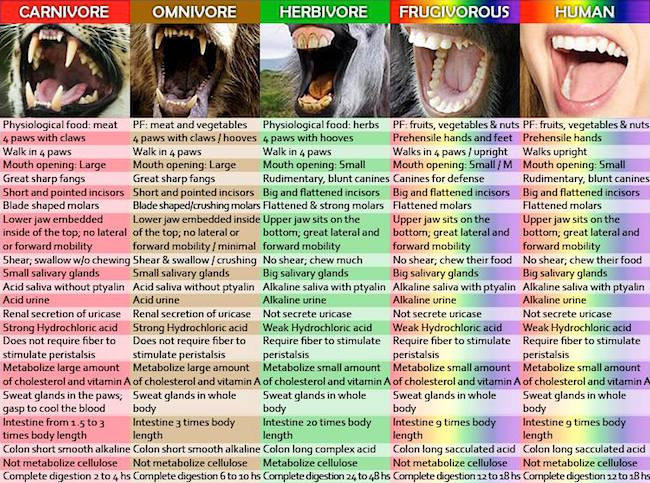
“Consider again the anatomy of the carnivore and the omnivore, including an enormous mouth opening, a jaw joint that operates as a hinge, dagger-like teeth, and sharp claws. Each of these traits enables the lion or bear to use her body to kill prey. Herbivorous animals, by contrast, have fleshy lips, a small mouth opening, a thick and muscular tongue, and a far less stable, mobile jaw joint that facilitates chewing, crushing, and grinding. Herbivores also generally lack sharp claws. These qualities are well-adapted to the eating of plants, which provide nutrients when their cell walls are broken, a process that requires crushing food with side-to-side motion rather than simply swallowing it in large chunks the way that a carnivore or omnivore swallows flesh.
Herbivores have digestive systems in which the stomach is not nearly as spacious as the carnivore’s or omnivore’s, a feature that is suitable for the more regular eating of smaller portions permitted with a diet of plants (which stay in place and are therefore much easier to chase down), rather than the sporadic gorging of a predator on his prey. The herbivore’s stomach also has a higher pH (which means that it is less acidic) than the carnivore’s or omnivore’s, perhaps in part because plants ordinarily do not carry the dangerous bacteria associated with rotting flesh.
The small intestines of herbivores are quite long and permit the time-consuming and complex breakdown of the carbohydrates present in plants. In virtually every respect, the human anatomy resembles that of herbivorous animals (such as the gorilla and the elephant) more than that of carnivorous and omnivorous species. Our mouths’ openings are small; our teeth are not extremely sharp (even our “canines”); and our lips and tongues are muscular. Our jaws are not very stable (and would therefore be easy to dislocate in a battle with prey), but they are quite mobile and allow the side-to-side motion that facilitates the crushing and grinding of plants.” — Read the full excerpt on comparative anatomy by Sherry F. Colb, from her book, Mind if I Order the Cheeseburger? and Other Questions People Ask Vegans
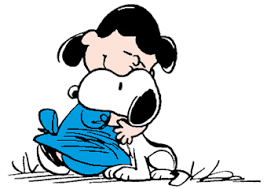 It has been estimated that 98% of our harm to animals comes from our food choices. Yet science has irrefutably demonstrated that humans do not need meat, dairy or eggs to thrive. Once we understand that eating animals is not a requirement for good health, and if we have access to nutritious plant-based foods, then the choice to continue consuming animal products anyway is a choice for animals to be harmed and killed for our pleasure — simply because we like the taste. But harming animals for pleasure goes against core values we hold in common.
It has been estimated that 98% of our harm to animals comes from our food choices. Yet science has irrefutably demonstrated that humans do not need meat, dairy or eggs to thrive. Once we understand that eating animals is not a requirement for good health, and if we have access to nutritious plant-based foods, then the choice to continue consuming animal products anyway is a choice for animals to be harmed and killed for our pleasure — simply because we like the taste. But harming animals for pleasure goes against core values we hold in common.
The only way for our values to mean anything — the only way for our values to actually be our values — is if they are reflected in the choices we freely make. And every day, we have the opportunity to live our values through our food choices. If we value kindness over violence, if we value being compassionate over causing unnecessary harm, and if we have access to plant-based alternatives, then veganism is the only consistent expression of our values.
Best wishes for a happy and healthy 2021, and Peace to ALL the animals with whom we share this planet.


